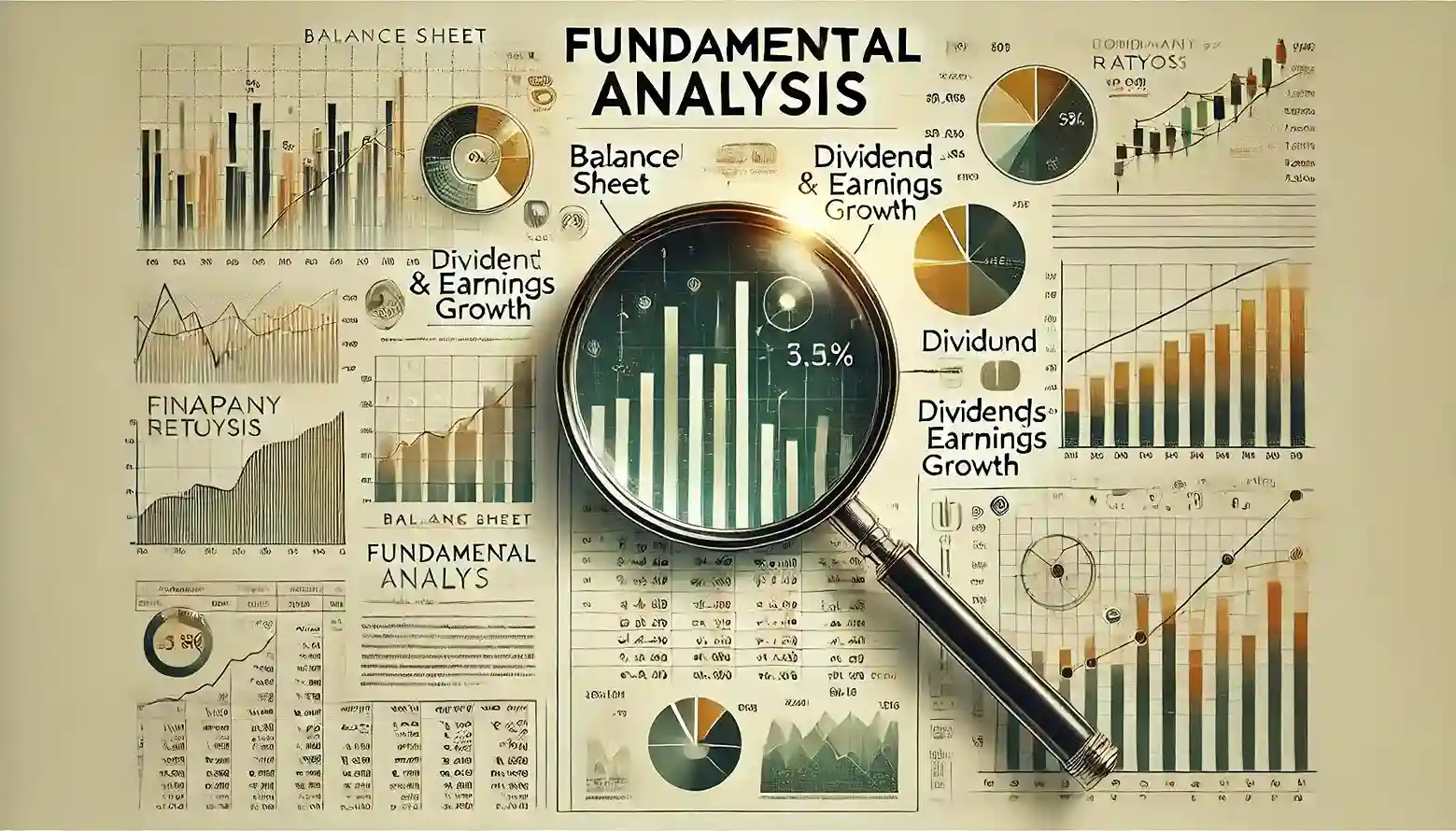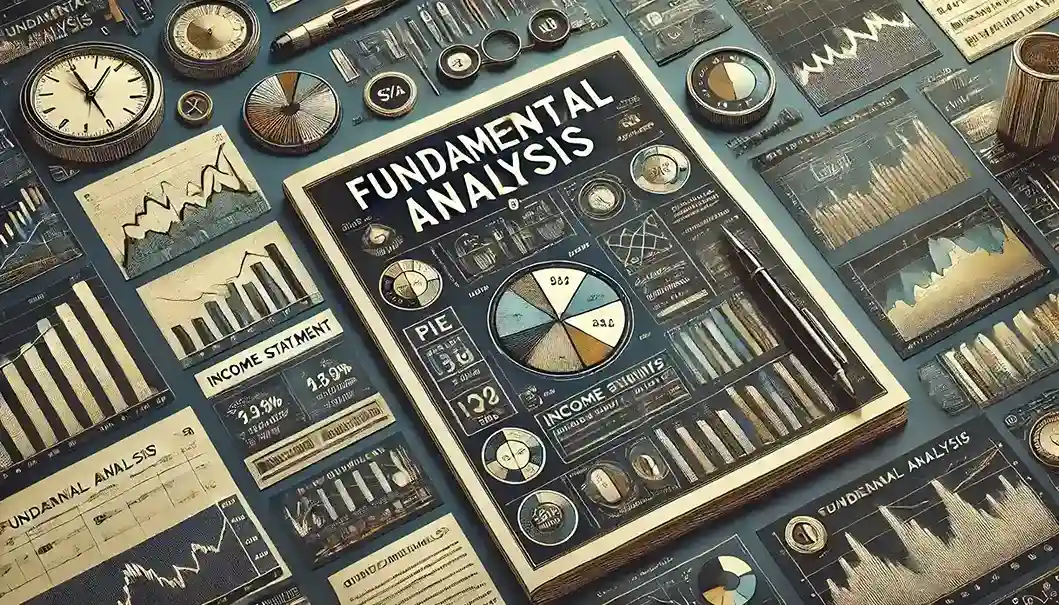Limitations of the Price to Book Ratio
P/B ratio give useful information about any company but it has some limitations, which are as follows:
Industry-Specific Norms: Different industries naturally have different P/B ratios. Capital-intensive industries (like manufacturing and finance) often have lower ratios, while technology and service sectors with intangible assets tend to have higher ratios.
Intangible Assets Not Reflected: The book value usually excludes intangible assets, such as intellectual property or brand value, making the P/B ratio less reliable for companies with significant intangible assets.
When I have to Use the Price to Book Ratio
The P/B ratio is most relevant for industries with substantial physical assets, such as finance, manufacturing, and energy. It’s less effective for industries with minimal tangible assets, like technology, where high P/B ratios don’t necessarily signal overvaluation. Price to book value is considered to select stock for trading and most of the time for value investment.
Key Takeaways
For value investors and fundamental analysts, the Price-to-Book ratio can be a crucial metric. By using it in the right contexts—comparing similar companies and interpreting it alongside other financial metrics—the P/B ratio can offer powerful insights into a stock’s potential value and risk.




